The NMC renewed a yellow alert at 6 am Monday, warning of high temperatures in multiple regions of the country.
The center forecast scorching conditions exceeding 35 C on Monday across vast areas including most of Beijing, Tianjin, North China's Hebei Province and Inner Mongolia Autonomous Region, East China's Shandong Province, Central China's Henan Province, Fenwei Plain, Northeast China’s Liaoning and Jilin provinces, as well as the Junggar Basin of Northwest China's Xinjiang Uygur Autonomous Region and southern Xinjiang Basin.
Particularly intense heat of 37 - 39 C is expected in some of the aforementioned regions – while some local areas may exceed 40 C, the NMC said.
This follows Sunday's blistering weather where temperatures already climbed past 37 - 39 C in Xinjiang's Turpan Basin, Hebei Province, Beijing, Tianjin, and northern areas in Shandong Province. Shijiazhuang in Hebei recorded a peak of 40.2 C locally.
The center advised people to take protective measures to prevent prolonged outdoor exposure during peak heat hours.
Beijing issued heat advisories on Monday, urging kindergartens, primary and secondary schools, and vocational institutes to suspend outdoor activities during peak heat hours.
At the same time, southern China faces a starkly different weather pattern.
The NMC raised a blue alert for heavy rainfall at 6 am Monday, warning of substantial downpours from 8 am Monday to 8 am Tuesday in several regions.
Rain-affected areas include East China's Zhejiang and Jiangxi provinces, Central China's Hunan Province, Southwest China's Guizhou and Yunnan provinces, South China’s Guangxi Zhuang Autonomous Region, western parts of Sichuan Basin, and Southwest China's Xizang Autonomous Region, the NMC said.
Some southeastern parts of Guizhou may see hourly rainfall of 100 to 120 millimeters, the center said.
Certain regions may experience short-term heavy rain of 20 to 50 millimeters hourly, even exceeding 60 millimeters, accompanied by thunderstorms and gales, according to the NMC.
The Ministry of Water Resources (MWR) said that torrential rains triggered flooding in 27 rivers exceeding warning levels across Guangxi, Guizhou, and Yunnan between 8 am Saturday and 8 am Sunday. Some rivers exceeded thresholds by up to 3.71?meters, CCTV News reported Monday.
The Mengtong River in Yunnan experienced its worst flooding since 1979, according to CCTV News.
Last week, flash floods hit Huaiji county, South China's Guangdong Province. By noon on June 18, all 19 townships in the county had sustained damage, affecting around 300,000 residents, Xinhua News Agency reported.
Local authorities evacuated nearly 70,000 people as floodwaters surged. The disaster left 15 injured, though none serious, the report added.
The MWR maintains a Level-IV flood emergency response in Zhejiang, Anhui, Central China's Hubei and Hunan provinces, Guangxi, and Guizhou, deploying three task forces to assist flood control efforts in Hubei, Hunan, and Guangxi.
Meanwhile, the Ministry of Natural Resources activated geological disaster emergency responses in Hunan, Hubei, Southwest China's Chongqing Municipality, Guizhou, and Henan amid persistent rainfall nationwide, dispatching professional teams to oversee disaster prevention.
In response to severe flooding in Hunan, the National Food and Strategic Reserves Administration urgently deployed 81,500 relief items—including tents, folding beds, and summer quilts—to support emergency relocation and basic needs, CCTV News reported.








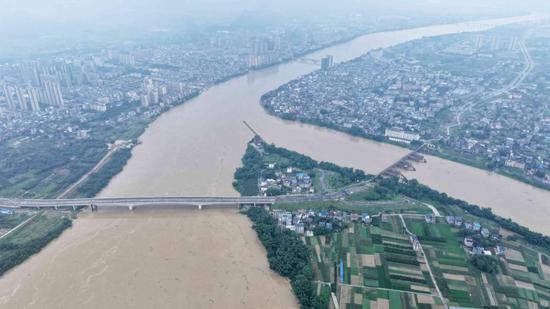
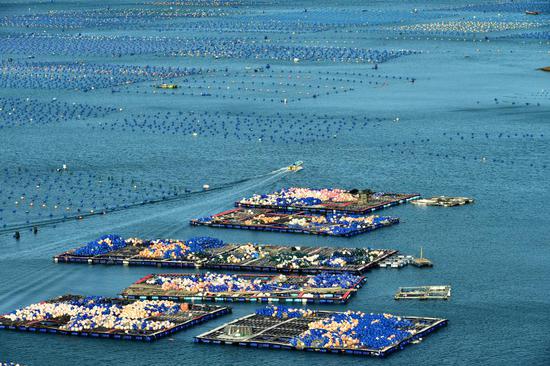





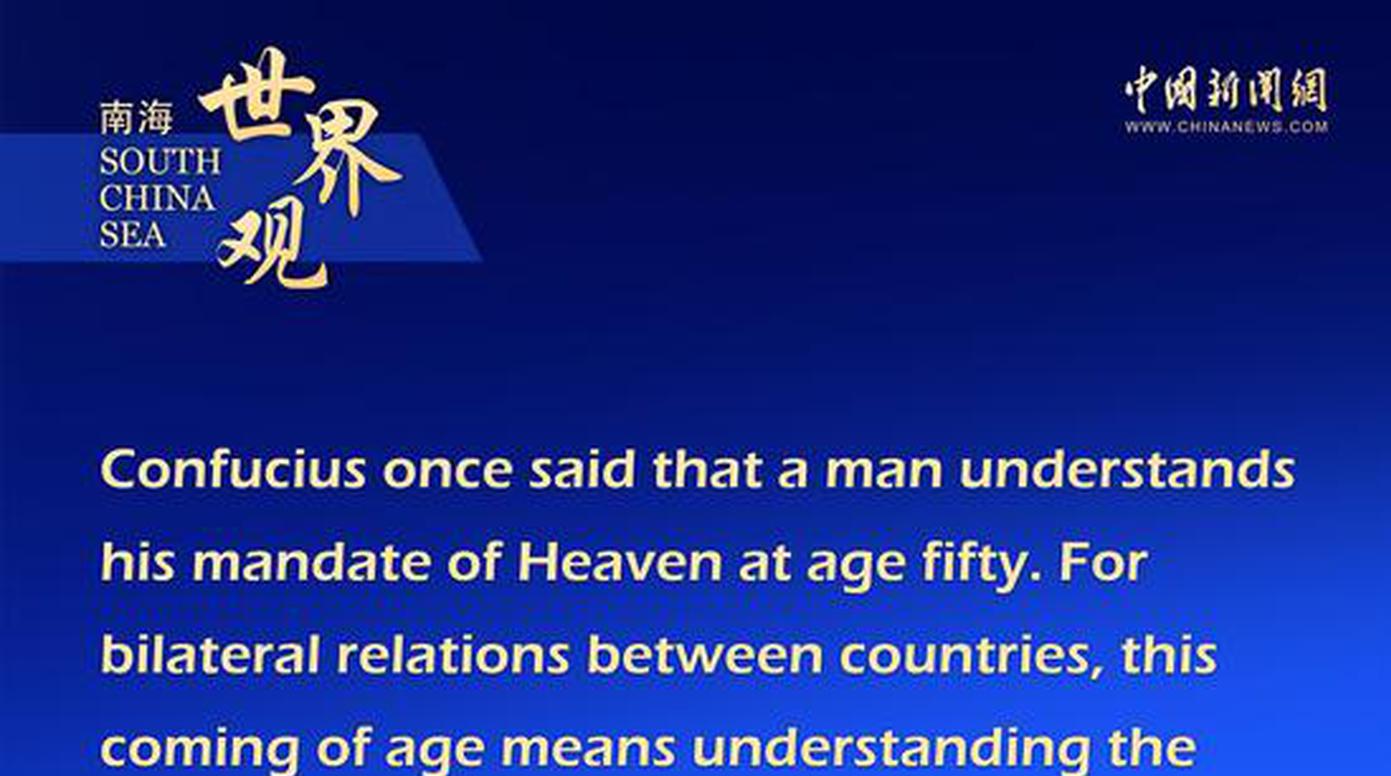
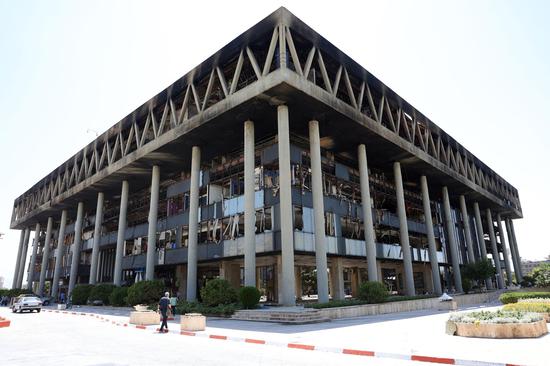
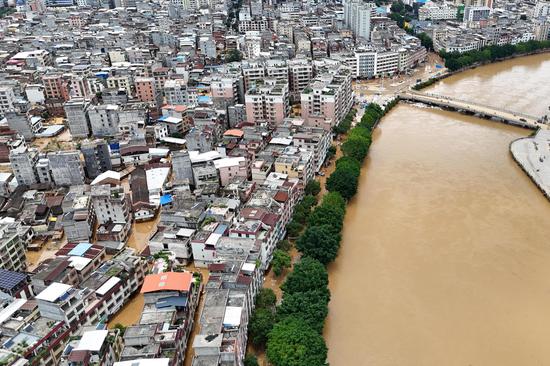

















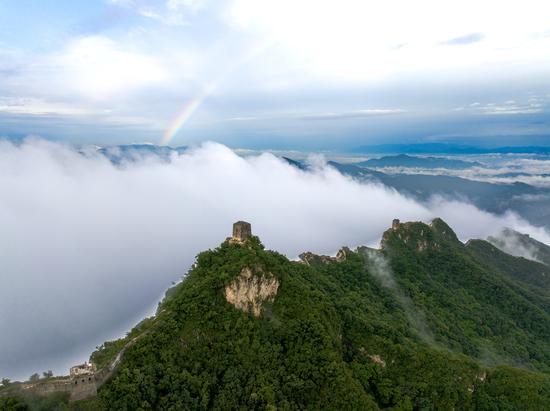



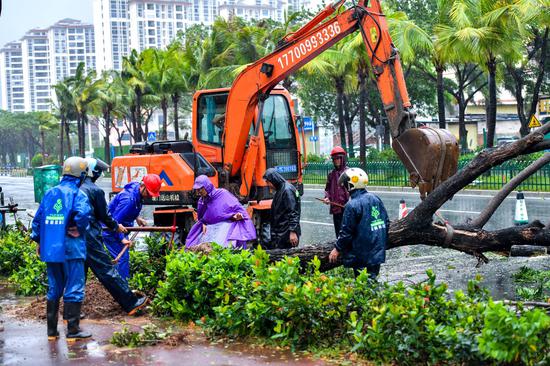










 京公網(wǎng)安備 11010202009201號
京公網(wǎng)安備 11010202009201號